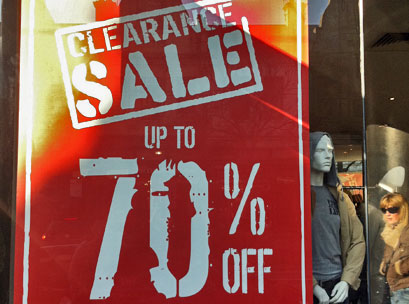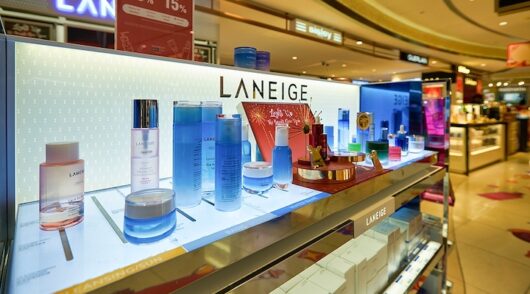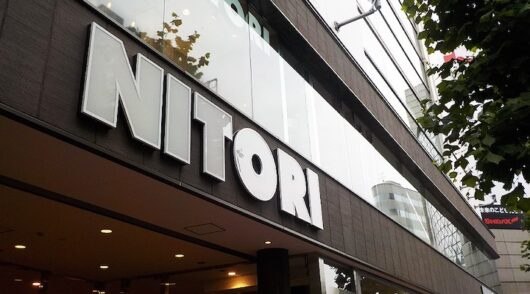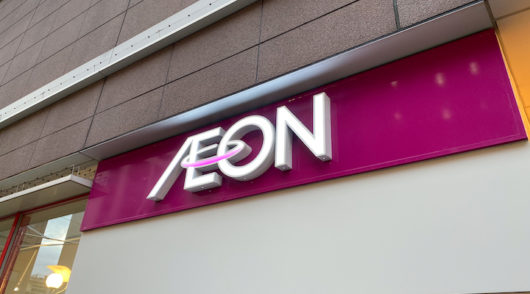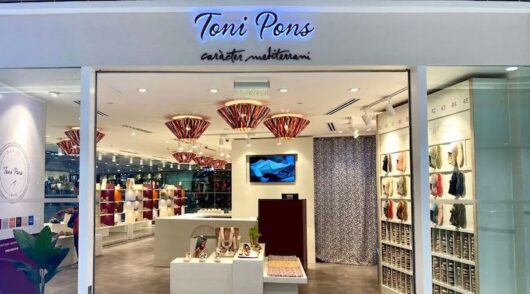For way too long, this has been the value equation according to many retailers: Value = Price.
The words have somehow become interchangeable in merchants’ minds, and this misinterpretation has resulted in the escalation of price-led offers in the market. As the discount drug has started to wear off on customers in recent times, retailers have simply upped the dosage and “70 per cent off” has become the new “50 per cent off”.
Meanwhile, customers have always seen things differently. To a shopper, value is not purely price.
“From the customer’s perspective, value has two components: the benefit received and the price paid,” says The Cambridge Group in Chicago. “Value increases as benefits are added at the same price point or as price is reduced for the same benefits.” The “benefits received” can be a whole bunch of attributes, such as convenience, quality, scarcity (limited edition or customised product), service, durability and so on.
When you think about it, this is pure common sense. But in the heat of a promotional planning meeting, or a weekly sales discussion, it’s all too easy to forget the sense, fall back on the dollars and stick a big, bold, red Sale sign in the window. Price first, everything else a distant second. Well new research suggests that this could be a dangerous path to follow.
The evidence comes from the Y&R Group* in the form of the BrandAsset Valuator (BAV), the world’s largest ongoing study into brand perceptions. Last year a very smart strategist by the name of Keith Newton took charge of the local version of BAV and talked to more than 5,000 Australians to gauge their impressions of 1357 brands (a mix of retailer and manufacturer brands).
As part of the research, BAV quizzed respondents as to which brands they perceived to be “Good Value”. The top 10 per cent of “Good Value” brands – both across the study and also in each category – were then grouped into eight “Paths to Value”, titled as follows:
- Basic Buys
- Proven Performer
- Creative Solutions
- Expert Advice
- Built to Last
- Affordable Chic
- Small Indulgences
- Everyday Heroes
The tags attached to the different value paths to some extent tell their stories (and I can share the detail if you’re interested as to the characteristics of each group and where your brand might fit). But for this article, we’ll just focus on “Basic Buys”.
The BAV study says that a “Basic Buys” brand embodies qualities of “good value”, “simple”, “down to earth” and “straightforward”. This is all about being cheap – performing a task well, but not a lot else. Not cheap and chic, not cheap and cheerful, just plain cheap. Best & Less is a “Basic Buys” brand. So is Woolworths “Home Brand”.
What’s the issue? Well nothing, if you’re content to be a commodity and leave yourself wide open to competitive threats, OR you have an unassailable grip on the market (what Newton calls “distribution choke”). “Basic Buys” brands tend to have quantifiably lower Brand Strength and Brand Stature scores (BAV measures) than those that focus on one of the other value paths. And when a market is suddenly reshaped by the arrival of a new “Basic Buys” competitor, perceptions of being “Good Value” are rapidly eroded.
A case in point is the supermarket milk wars, where good, honest “Basic Buys” brands like Pauls Milk and Pura got caught in the crossfire. Through the lens of BAV, you can actually see Pauls “Good Value” ratings going down the gurgler over the last few years.
The BAV research also shows that all of the “Paths to Value” help to aid differentiation of a brand apart from “Basic Buys”, which has the opposite effect. In losing differentiation, brands sacrifice pricing power and weaken loyalty. In simple terms, customers mark you down in their minds. And while that might not cost you money now, it will in the future.
Here’s my take-out. Leading with price at the expense of everything else is leading with your chin. Price has its place, but on its own it is not a value strategy, no matter how much you kid yourself. Instead, you need to find your own credible value path, and make yourself famous for it.
Jon Bird heads up IdeaWorks, a specialist retail marketing agency. *IdeaWorks is part of the Y&R Group, which runs BrandAsset Valuator. For more on the study, email Jon. And for more retail inspiration, go to www.newretailblog.com.

